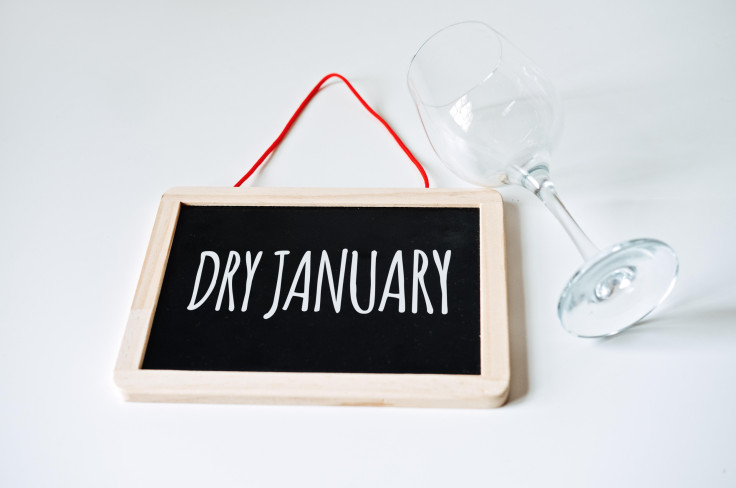
Dry January might be one of the most refreshing ways to start the New Year for some people, but it poses challenges for those not used to refraining from drinking alcohol or if margaritas, mojitos, and beer are too ingrained in their culture —something that could be the case for some Latinos.
The concept of avoiding alcohol in January originated in 2012 with a media campaign by Alcohol Change UK. It was designed to provide a comprehensive reset for both the body and mind, claiming the strategy offered both short and long-term benefits.
Dry January has now become a regular trend on social media. Many of the most recent posts show mocktail recipes on Instagram, tips to thrive during the challenge on Facebook, memes on X/Twitter, and TikTok videos joking about the seemingly endless passage of time during "Enero Seco."
What is Dry January? What are its benefits? What challenges do Latinos in the U.S. face when abstaining from drinking in January? The Latin Times has answered these questions. So, let's dive in.
What is Dry January?
Dry January has gained popularity as a widespread health trend, urging participants to abstain from alcohol for the duration of the month. This challenge has become a recurrent addition to the New Year's resolutions of people across the United States, with their experiences shared extensively on social media.
Note: Dry January is not intended for people clinically dependent on alcohol. In such cases, it is recommended to seek professional care from local community alcohol services or explore the options provided by the National Institute on Alcohol Abuse and Alcoholism's Alcohol Treatment Navigator.
Dry January Benefits
Research conducted by the Royal Free Hospital and published in the British Medical Journal in 2018 found that a month without alcohol is associated with lowered blood pressure, reduced diabetes risk, lower cholesterol levels and a decrease in the levels of cancer-related proteins in the blood.
The challenge also holds the potential to foster healthier drinking habits throughout the year. Taking a month off alcohol illustrates that individuals can enjoy themselves, unwind, and socialize without depending exclusively on it. This holds even larger benefits, as alcohol is connected to over 60 health issues, such as liver disease, high blood pressure, depression, and seven types of cancer.
Dry January and Latinos

For many Latinos, a group on track to represent 20% of the U.S. population, refraining from consuming alcohol still seems a bit out of the norm or counter-cultural. Especially considering how tequila, rum, and beer are deeply rooted in their culture.
Latinos are less likely to drink than the rest of the population. According to research cited by the National Institute on Alcohol Abuse and Alcoholism, only 54.5% of Hispanic adults over the age of 18 had at least one drink in the past year, compared to 70.3% of non-Hispanic white adults.
However, the institute highlights that Latinos who choose to drink are more likely to consume higher volumes of alcohol than non-Hispanic White people. These are some figures included in the report regarding binge drinking
- Nearly half of drinking Puerto Ricans living in the U.S. binge drink weekly: 48.6% of men and 51.1%, among women.
- Mexican and South/Central American men who drink engage in binge drinking at rates of 46.2% and 42.9%, respectively. The proportion decreases for women, to 26.1% and 27.3%.
- Under a third of Cuban drinkers participate in binge drinking, both men (27.3%) and women (22.4%).
Tips for a Successful Dry January
Tips to successfully complete Dry January from the National Institute on Alcohol Abuse and Alcoholism include:
- Evaluating your connection to alcohol, which involves "understanding the reasons behind your decision to consume it."
- Informing friends and family about your involvement in Dry January and motivating them to join you.
- Opting for or bringing your own non-alcoholic drinks to social gatherings.
© 2025 Latin Times. All rights reserved. Do not reproduce without permission.





